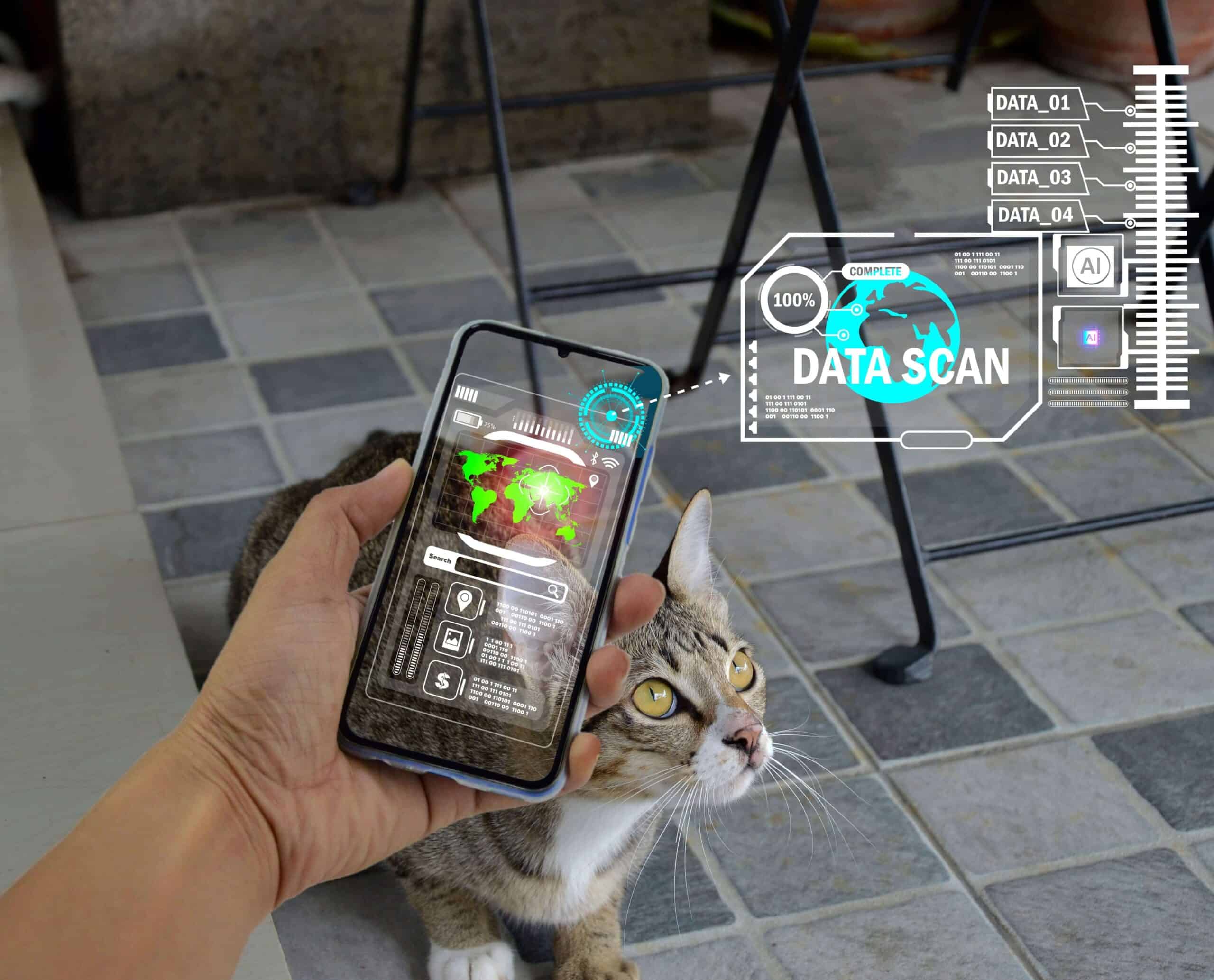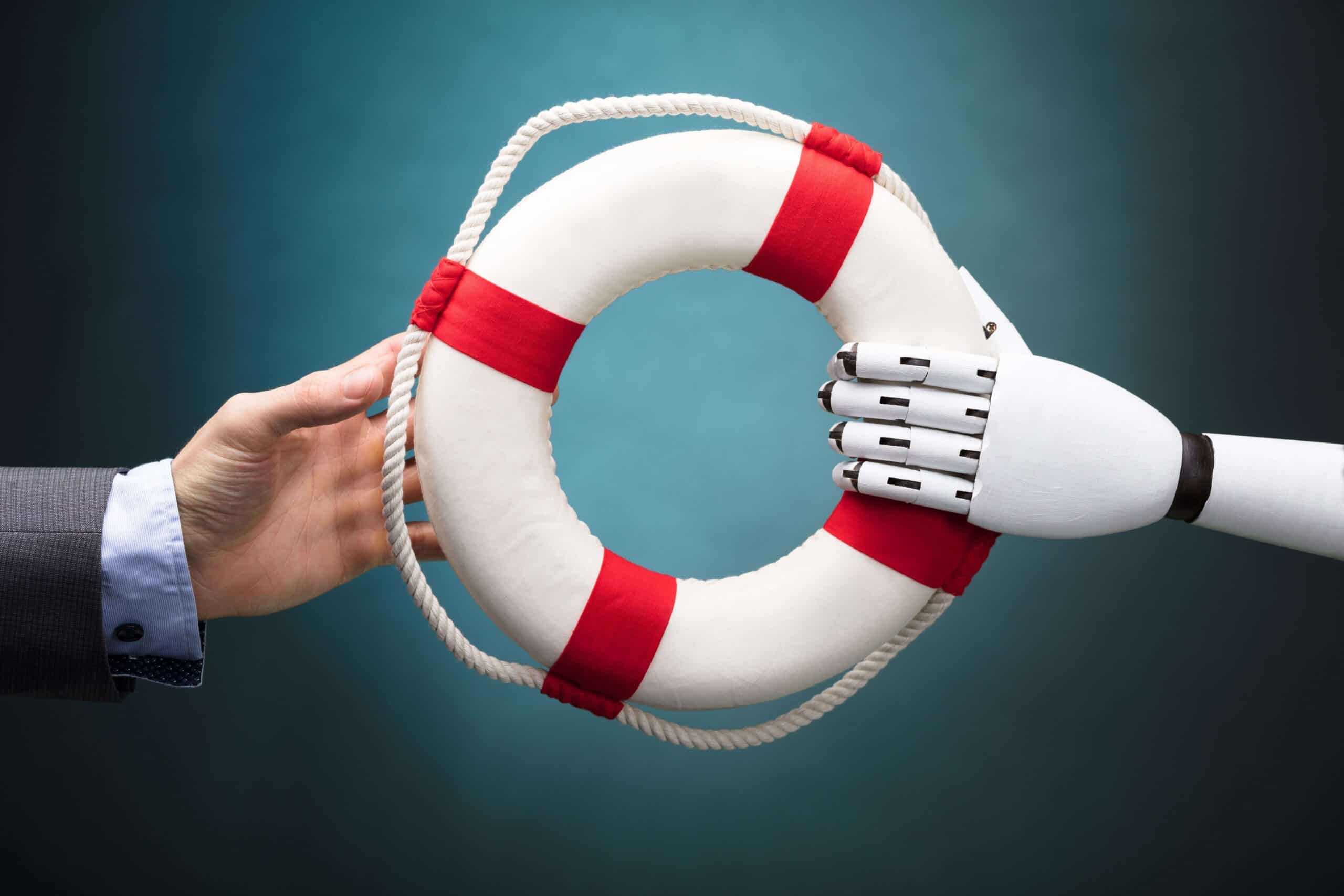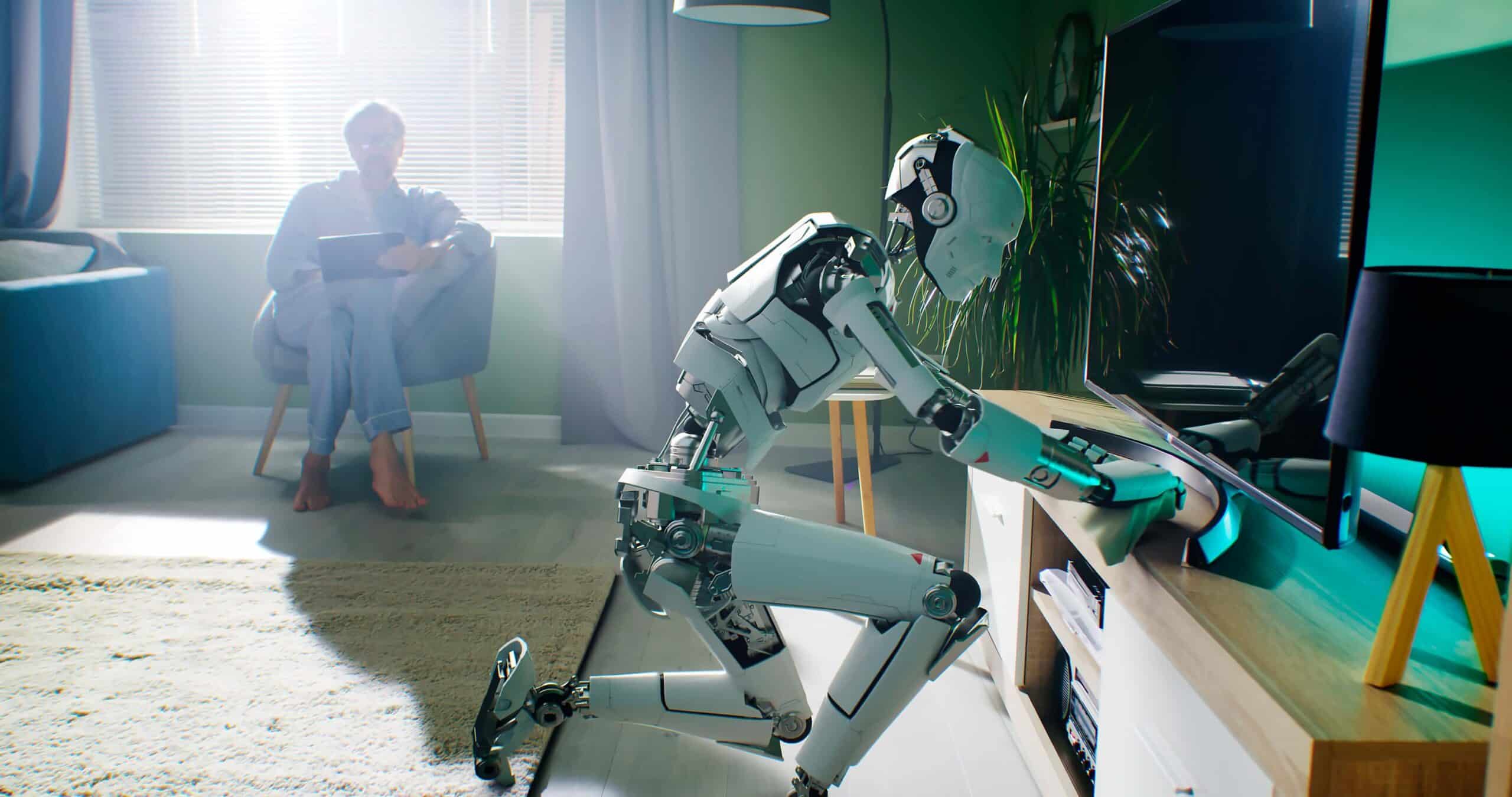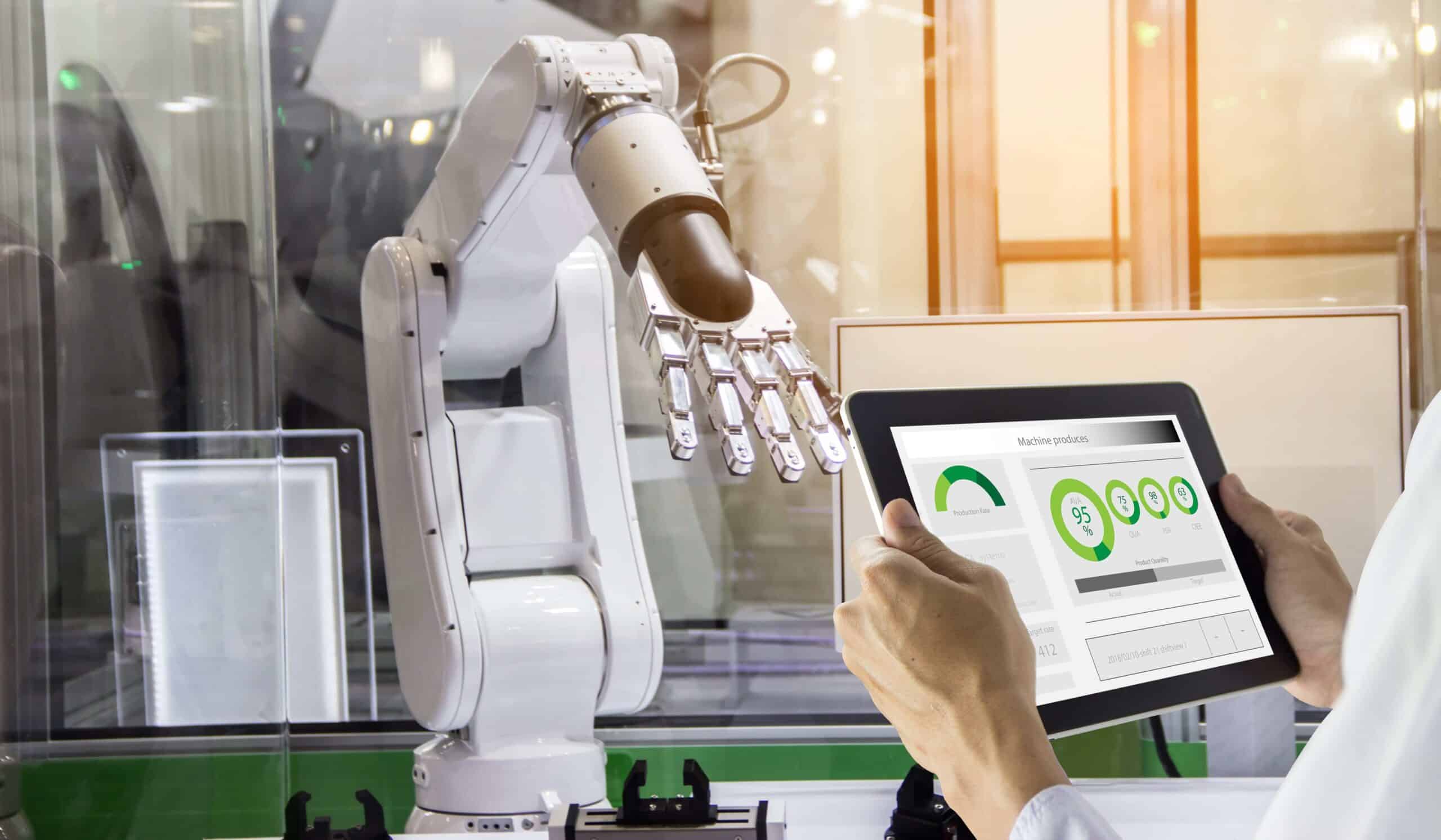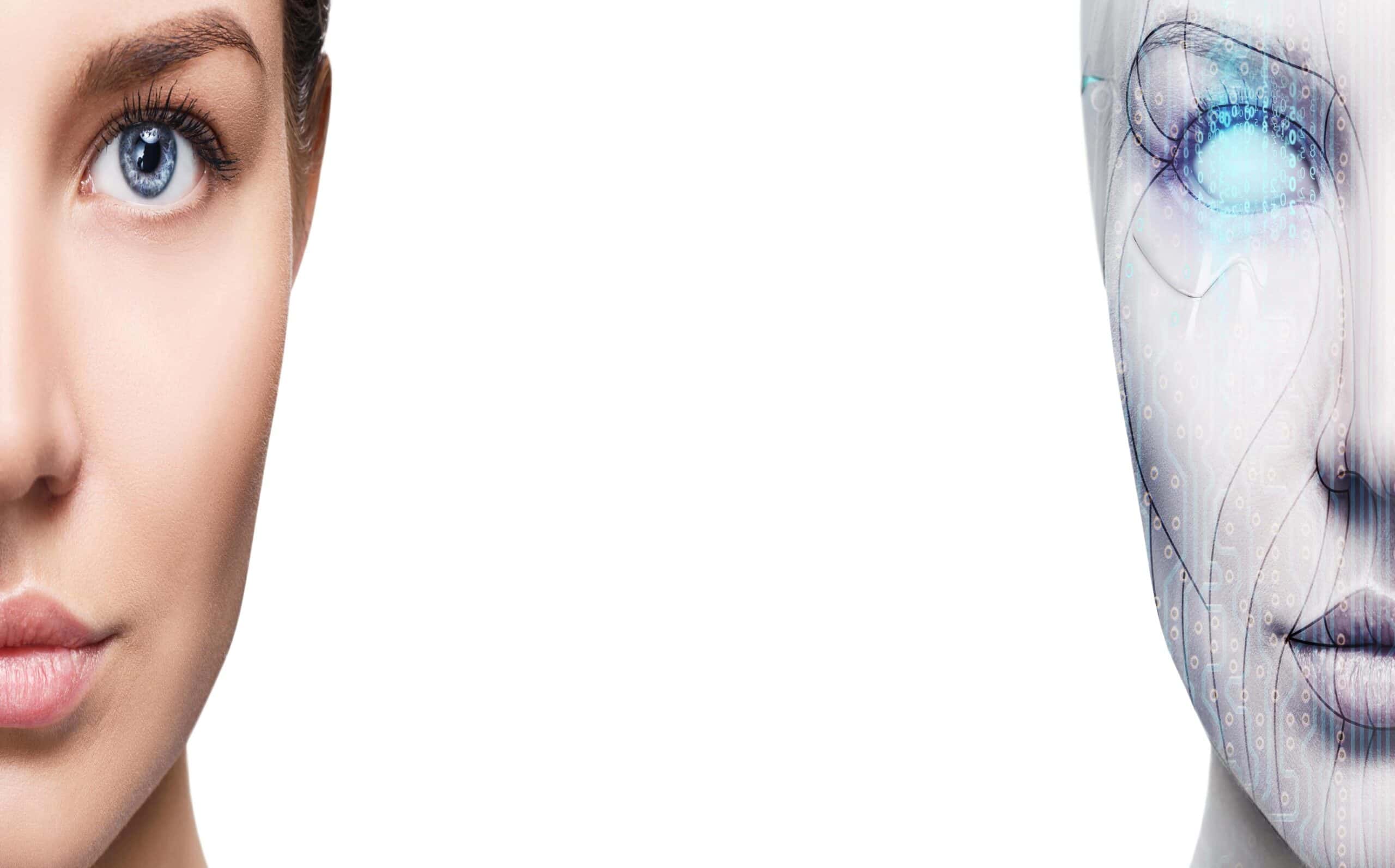- The US Department of Education aims to use VR to help students with autism develop social skills
- The Blue Room helps children with autism overcome their fears and phobias
- Floreo is a VR app that teaches individuals with autism social and communication skills
- Studies indicate that VR tools can have a positive impact on individuals with autism
- Challenges and criticism
Autism Spectrum Disorder (ASD) is a neurological and developmental disorder that affects how a person acts and interacts with others, communicates, learns, and processes sensory information. The World Health Organization estimates that 1 in 160 children worldwide has ASD. These figures tend to be higher in countries with increased awareness, better diagnostic tools, and improved reporting. In the United States, for example, 1 in 59 school-age children have ASD, according to the Centers for Disease Control and Prevention (CDC).
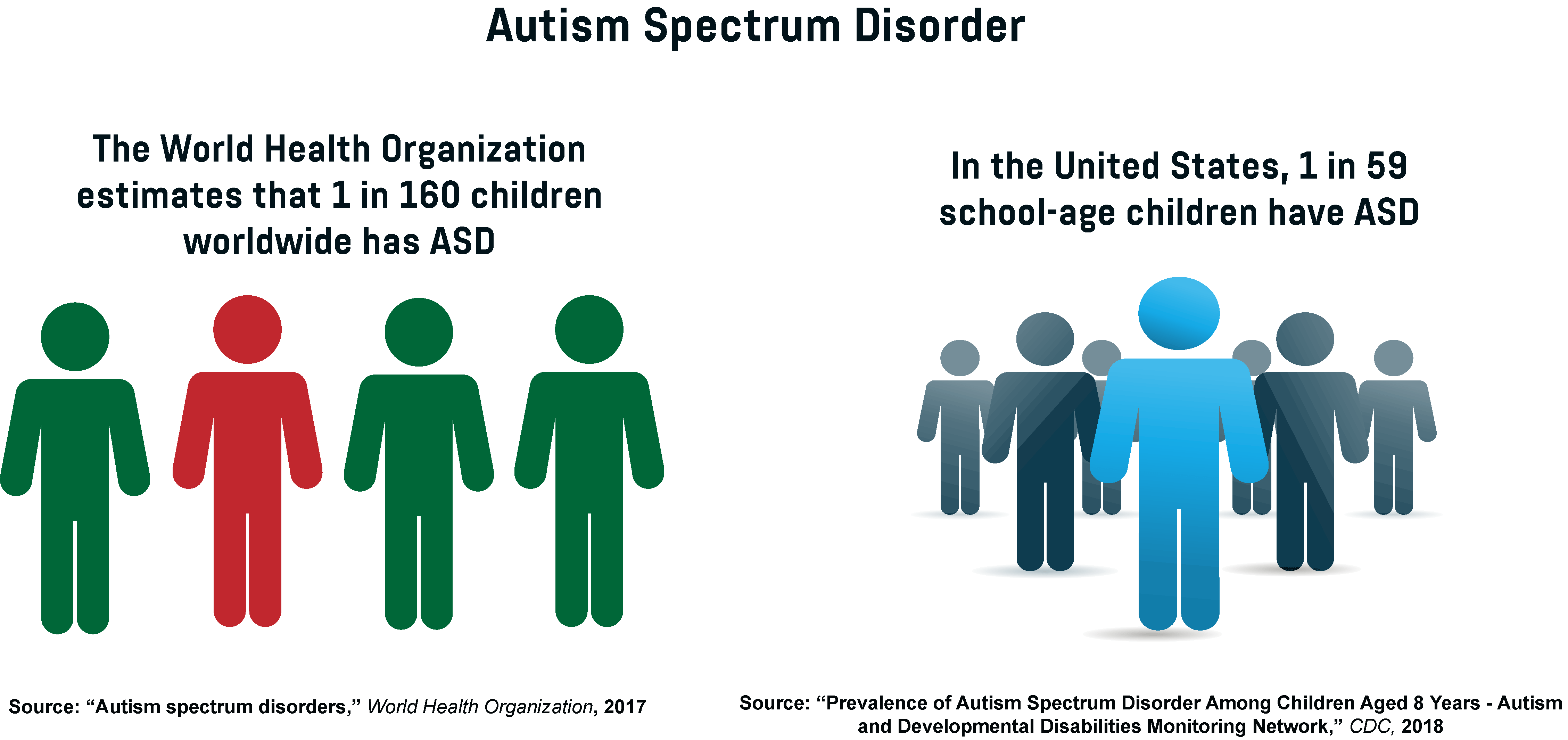
However, due to many variations within ASD, developing effective treatments has proven difficult and very expensive. The annual costs of caring for children with ASD are estimated to be between $4.5-5 billion in the United Kingdom and $61-66 billion in the United States.
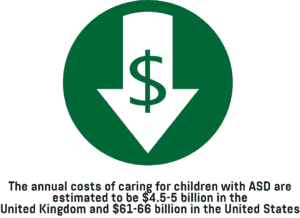
In recent years, VR has emerged as an increasingly useful tool to help children with autism improve their communication and social skills and better connect with their family, friends, and the world around them. VR technology enables you to create learning environments perfectly tailored to the needs of each individual. It allows you to control the virtual environment or input stimuli and show only what the individual can handle. That way, you can offer highly personalised treatment, regardless of the symptoms displayed by the patient. Another advantage of virtual worlds is that they decrease the complexity of social interactions, providing autistic children with a less hazardous and more forgiving environment.
The US Department of Education aims to use VR to help students with autism develop social skills
The United States Department of Education’s recently announced the launch of a new, $2.5 million program that will attempt to use virtual reality technology to help students with high-functioning autism and learning disabilities to develop social skills. Developed by researchers at the University of Kansas’ Center for Research on Learning and Department of Special Education, the VOISS (Virtual Reality Opportunities to Implement Social Skills) program will be implemented in at least 17 schools across the Midwest, offering students the opportunity to interact with avatars in a variety of settings, including virtual school hallways, classrooms, locker rooms, lunch rooms, and buses.
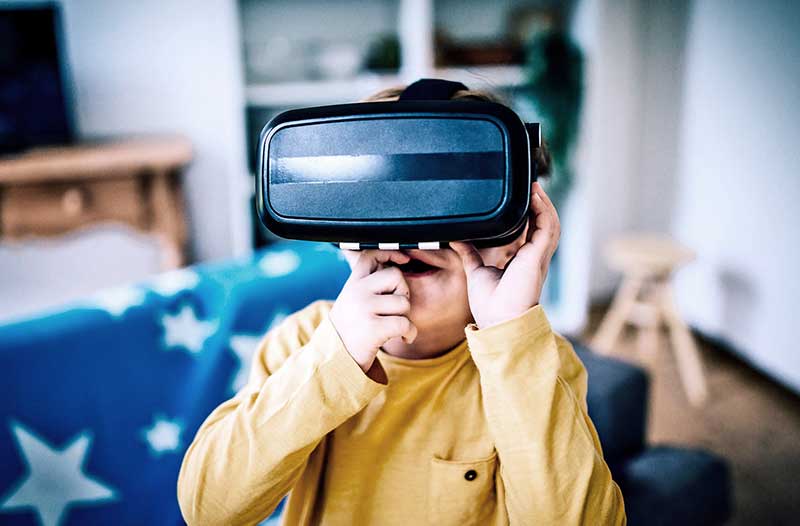
“Once the user puts on the VR HMD [head-mounted display], [they] will be able to walk around the various environments exploring different situations,” says Sean Smith, a professor of special education and co-principal investigator of the project. “The user will be able to walk up and interact with computer-driven avatars. This interaction will allow the user to understand consequences or positive or negative interactions. For instance, if the user is constantly looking down, the avatars may cut the conversation short and walk away. However, if the user makes eye contact, then the avatar will respond positively by smiling and conversing with the user.”
The initial results have been rather impressive. “We found that students who received the virtual reality experienced increased in their understanding of social skills,” claims Amber Rowland, an assistant research professor with the Center for Research on Learning and co-principal investigator on the project. “This increase was significantly different from students that did not have access to the virtual reality experience. We also found that students who learned from the virtual reality experience were also able to generalize their understanding to non-virtual environments. Finally, students expressed a level of understanding and presence in the virtual reality experience enhancing the learning experience and understanding of the social skill being described and in which the student interacted.”
The Blue Room helps children with autism overcome their fears and phobias
Researchers from Newcastle University have joined forces with the innovative technology firm Third Eye Neuro Tech to develop the Blue Room, which allows them to create a personalised, 360-degree virtual environment in which autistic children can confront their fears and phobias and learn to overcome them. While inside the Blue Room, children can safely explore a wide variety of scenarios using an iPad, with a therapist alongside them at all times. That way, they can gradually immerse themselves into stressful situations, while remaining in full control throughout the process. “People with autism can find imagining a scene difficult which is why the Blue Room is so well-received. We are providing the feared situation in a controlled way through virtual reality and we are sitting alongside them to help them learn how to manage their fears,” explains Dr Morag Maskey, a researcher from the Institute of Neuroscience at Newcastle University.
Approximately 25 per cent of children with autism have fears or phobias that can have a debilitating effect on their lives, such as travelling on public transport, school classrooms, dogs, or balloons. “For many children and their families, anxiety can rule their lives as they try to avoid the situations which can trigger their child’s fears or phobia,” says Professor Jeremy Parr from the Institute of Neuroscience at Newcastle University. “To be able to offer an NHS treatment that works, and see the children do so well, offers hope to families who have very few treatment options for anxiety available to them.”
Funded by the National Institute for Health Research (NIHR), the researchers launched a randomised controlled trial involving 32 autistic children between 8 and 14 years of age. The children were divided into two groups. One group received treatment in the Blue Room immediately, while the other half served as a control group, with treatment administered six months later. Following the treatment, which involved four sessions in a week in the company of a psychiatrist, the children were exposed to the same scenarios in the real world. The researchers discovered that overall, 40 per cent of the children that were treated responded positively and were able to cope with their fears and phobias two weeks after treatment, while 45 per cent showed improvement after six months.

11-year-old Harry Mainwaring was one of the children involved in the study. Diagnosed with autism at the age of three, Harry used to be terribly afraid of dogs and would go into a state of panic and hysteria any time he was approached by one. However, after undergoing the treatment in the Blue Room, the boy’s fear had completely disappeared and he even has a dog of his own now. “As soon as Harry saw a dog he would become hysterical, screaming and running away. This was very dangerous as he would not look at where he was running, even if it was onto a road, as he just wanted to be nowhere near the animal,” says Harry’s mother, Lizzie. “Harry had just turned eight when he was part of the Blue Room study. He had a total of four sessions and the results have been fantastic – in fact, they’ve been life-changing. It is amazing to see how Harry now is with dogs. He loves our dog and whenever he sees others he’s happy if they approach him and he’ll stroke them.”
Floreo is a VR app that teaches individuals with autism social and communication skills
Developed by a husband-and-wife team, Vijay Ravindran and Vibha Sazawal, themselves parents of an autistic son, Floreo is a VR app designed to help children with autism develop social and communication skills. The app offers a wide variety of training scenarios that simulate all kinds of social interactions. For example, one type of scenario helps users build social connections to enable them to achieve better social reciprocity and learn when to be more discrete. Teaching stories, on the other hand, present users with scenarios that teach them how to handle both planned and unplanned situations they might encounter in real life. Finally, sensory-based lessons provide a calming and stimulating environment that helps users alleviate stress and sensory overload. The app also allows parents to monitor the child’s progress with a tablet, or even guide them through the scenario. The virtual environments are fully customisable, allowing parents to adjust the complexity and training method according to their child’s individual needs.
“Our product uses mobile VR, such as Google Cardboard, to spur virtual characters in a scene to instigate social interactions with children who need therapy,” says Ravindran, the CEO and co-founder of Floreo. “We can reimagine conventional therapy, and bring it to life. Rather than looking at toys on a table, for instance, a child can see an elephant in a virtual safari park.” According to Ravindran, their ultimate goal is to simplify the delivery of therapy, allowing parents to provide the care autistic children need within the privacy of their own home and minimise trips to the doctor’s office. “We’ve tested the product with hundreds of autistic kids and it has a really calming effect on them,” he adds. “Because you can tailor the virtual environments, and how much sensory complexity there is within them, we have the potential to better engage children than through conventional methods of therapy.”
Studies indicate that VR tools can have a positive impact on individuals with autism
Studies have shown that virtual experiences can help autistic individuals increase their cognitive flexibility outside of the digital environment. While users are inside this virtual world, their neural connections reroute to help their brain form new anatomical functionality. This ability of the human brain is also known as its functional plasticity, and it allows users to generalise what they’ve learned in the virtual environment and successfully apply the newly acquired skills in real life.
“The advantage of creating a realistic experience is this provides an ideal learning environment since all aspects of virtual reality can be controlled in a safe environment,” explains Justin Ehrlich, an associate professor of computer science at Western Illinois University and a co-principal investigator on the VOISS project. “There are many studies that suggest that HMDs are a fantastic medium for teaching due to providing a sense of reality. Even though users have the illusion that the experience is real, they know it’s not actually happening. This allows for individuals with phobias to work through these fears utilizing the realistic environments.”
Challenges and criticism
However, to be an effective learning tool, a virtual world needs to be both immersive and realistic, which is very difficult to achieve. One of the biggest obstacles is the cost. In addition to very costly equipment, the programmers and animators needed to create the content are also rather expensive. As a result, VR environments are often very simplistic and fail to reach the required level of realism, preventing researchers from implementing all of their ideas. “One of the reasons I couldn’t go further with it was that I couldn’t pay the coder as much as a high-tech company [could],” says Peter Mundy, a psychologist at the University of California, Davis, who developed a program that lets autistic children practice public speaking in a virtual classroom. This, coupled with the fact that VR headsets are still not widespread in schools or in our homes, is severely limiting the usefulness and real-life applications of VR technology at this time.
Virtual reality has the potential to transform how we use technology to help children with autism develop social and communication skills and deal with the world around them. While there are still some limitations and issues left to resolve, such as the matter of cost, VR technology could be a life-changer for children on the autism spectrum and allow them to lead normal lives, free from fear and anxiety.



